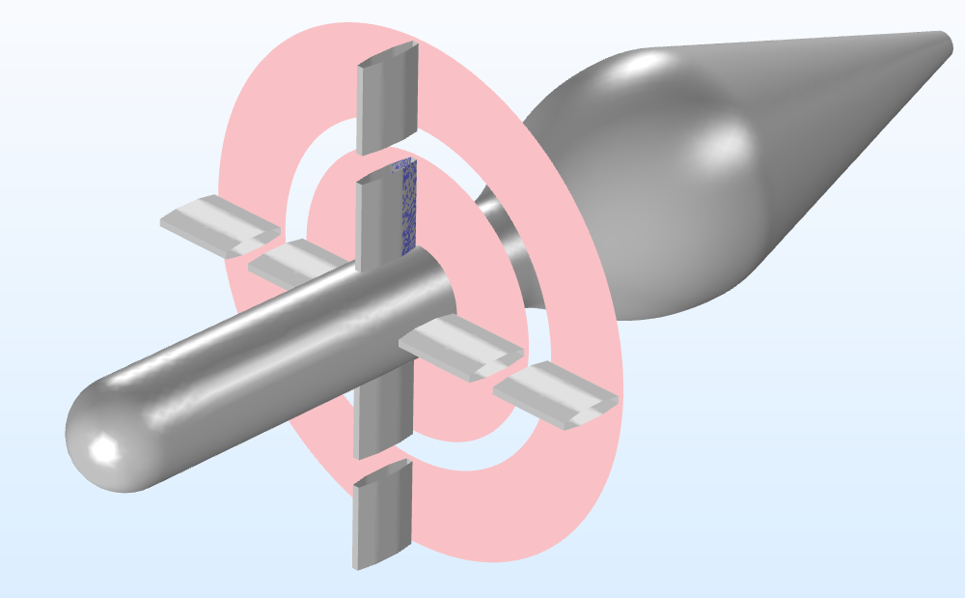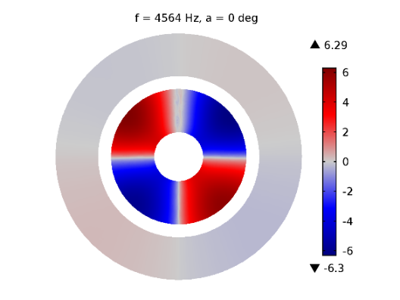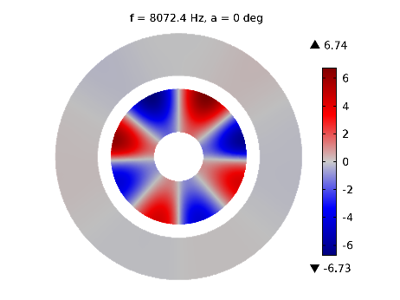Milanovic Publishes Two Research Papers at the AIAA AVIATION Forum



Ivana Milanovic, professor of mechanical engineering, CETA, published two research papers with NASA GRC colleagues at the American Institute of Aeronautics and Astronautics (AIAA) AVIATION Forum last month in Atlanta, Georgia. AIAA AVIATION is a premier, forward-looking forum designed to showcase recent innovations and achievements in aviation, highlight new initiatives and plans, and address key issues that need to be resolved in order to define clear roadmaps for future progress.
The paper ‘Resonance and Tones in Dual-Stream Nozzles’ reports on a numerical investigation whose objective was predicting the appearance of tones and studying their sources. It was found that some of the tones traced to a coupling between Strouhal shedding from the struts, which held different pieces of the nozzle together, and various duct acoustic modes. A focus of the work was on exploring the nature of the duct modes. First, elements of the numerical procedure were studied for a 4-strut nozzle, validating the results with existing experimental data. The approach was then applied to a 3-strut geometry and four different excitation methods. The predicted tones and associated duct modes are analyzed in detail.
The paper ‘Experimental and Computational Study of Tones Occuring with a Coaxial Nozzle’ explored the source of audible tones occurring in a coaxial nozzle in a range of low Mach numbers experimentally and computationally. The hardware was comprised of an inner and an outer nozzle, without a center-body, and held together by a set of four struts.
Supported by the Transformational Tools Technology (TTT) and the Commercial Supersonic Technology (CST) Projects under NASA’s Advanced Air Vehicles Program, this has been a joint effort among members of the Inlets and Nozzles (LTN) and the Acoustic (LTV) Branches together with Professor Milanovic. Dr. Milanovic is grateful for the support of the University of Hartford Harrison Faculty Development Grant.